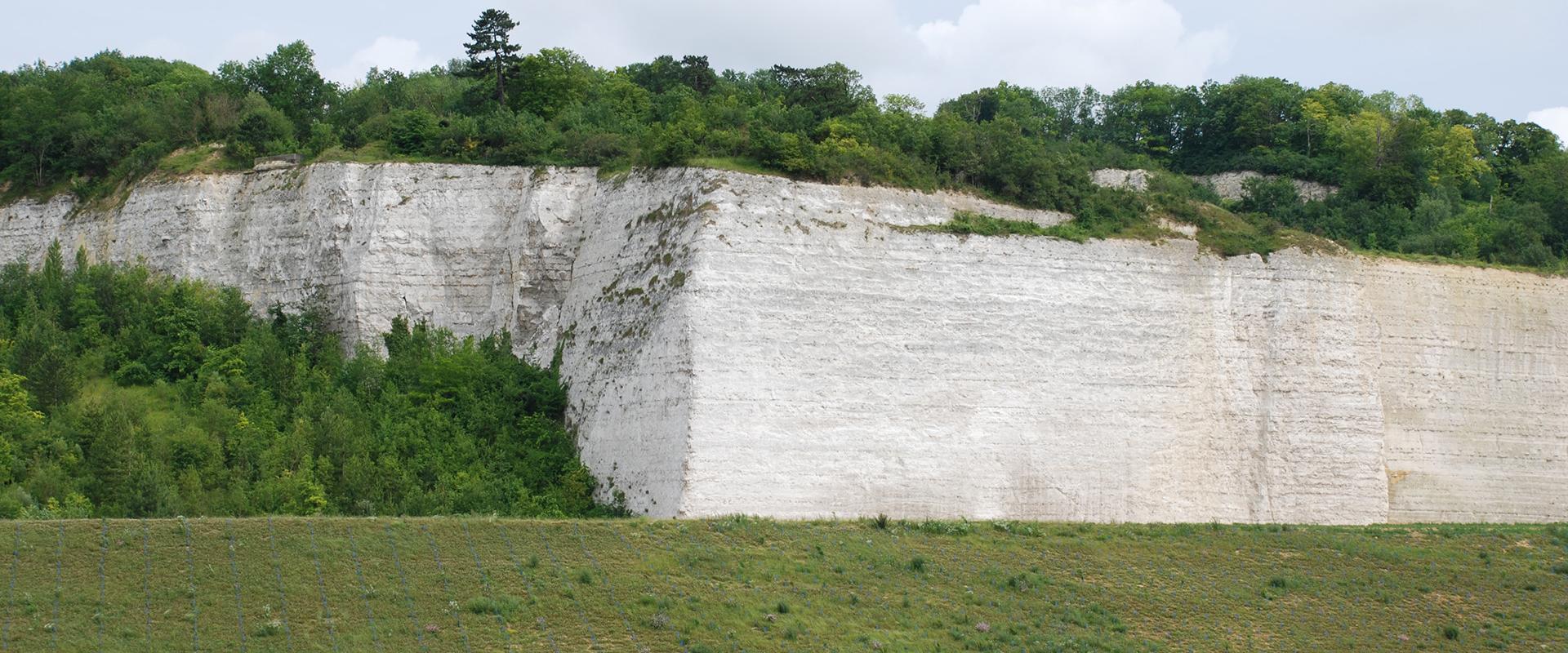Geology of the Tour de France – Prologue – The zinc mines in Liège
Transcription
A little tour of the streets of Liège for this prologue. Few people know that this town is the cradle for the modern metalworking industry of zinc. A few hundred metres from the course, in Angleur, a production process for the metal was designed in 1809 using calamine, an ore extracted from the Moresnet site, 30 km further east. The engineer, Jean-Jacques-Daniel Dony, filed a patent for the production of zinc. To showcase the quality of his invention, he gave Napoleon a traveling bath tub in zinc, that would follow the emperor on all his battlefields. Famous for being the richest in Europe, this zinc ore deposit paved the way for a flourishing industry, the Société des Mines et Fonderies Du Zinc de la Vieille-Montagne. In 1925, the company produced close to 10% of the world's zinc. Today the Belgian mines are closed, but the zinc of Liège is used in many cities, such as the roofs in Paris, that the riders will appreciate but only 3 weeks from now.
Géologie du Tour de France - Etape 2 - Le petit granite belge à Soignies
Transcription
On their way to the land of Belgian Petit Granit. It's the name given to the stone famous for its properties and mined in the Soignies quarry at kilometre 186, close to the finish in Tournai. This little granit is black limestone that dates back 350 million years. It was first deposited in a warm sea. Layers of soft mud, dozens of metres in thickness, covered by other types of rubble from the continent found itself compressed in the collision between the continental plates during the formation of the Ardennes massifs. The soft mud transformed into a hard, fine-grained rock that is cut and polished for many uses. Mined for 300 years, the Belgian Petit Granit, a wonderful stone from Hainaut, is exported all over the world. It paves the squares in places like Seraing, Chartres, Lille, Lyon or Valenciennes. But the best places will no doubt be, at the finish line in Tournai, for the fastest sprinters of the peloton.
Géologie du Tour de France - Etape 3 - Le charbon à Râches
Transcription
From the start of the race in Orchies, the peloton takes the coal mining roads of the Nord-Pas-de-Calais. They ride through Flines-lez-Râches, once the headquarters of a mining company founded in 1897 that employed up to 900 miners. Coal, a symbol of glory and prosperity in the region, formed approximately 300 million years ago when vast lagoons covered the north of France. In the hot and humid climate of that period, giant ferns grew, died, then perished in the lake, before being covered with alluvium, a fertile soil from new plants. Once buried, the plant matter transforms slowly, and becomes coal. This is how the lands of the North came to be. They are the birth place of many champions like César Marcellak, an underground minor, who became the French champion in 1948. These coal roads are still an inspiration for the cycling races as the last 2 champions of France, were awarded titles in Boulogne-sur-Mer.








The prologue of the 2012 Tour took the riders through the streets of Liège, which not many people realise is the home of modern zinc metallurgy. In 1809, just a few hundred metres from the route taken by the Tour, a process was developed in Angleur, in the suburbs of Liège, to produce zinc from the ore extracted from the Moresnet mine, some thirty kilometres further east. To demonstrate the quality of his invention, the engineer Jean-Jacques Dony gave Napoleon the First a portable zinc bathtub that would follow the Emperor around the battlefields. Reputed to be the richest in Europe, this deposit gave birth to a flourishing industry, the Vieille Montagne Zinc Mining and Smelting Company. In 1925, the Liège-based company produced nearly 10% of the world's zinc. Although the Belgian mines are closed today, zinc from Liège still covers much of the rooftops of Paris.